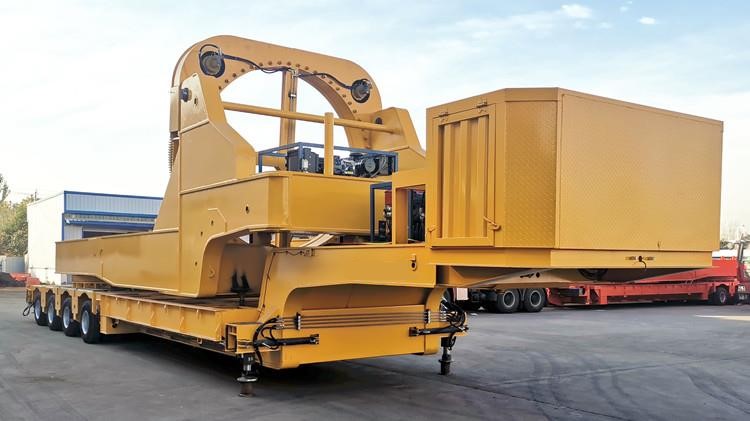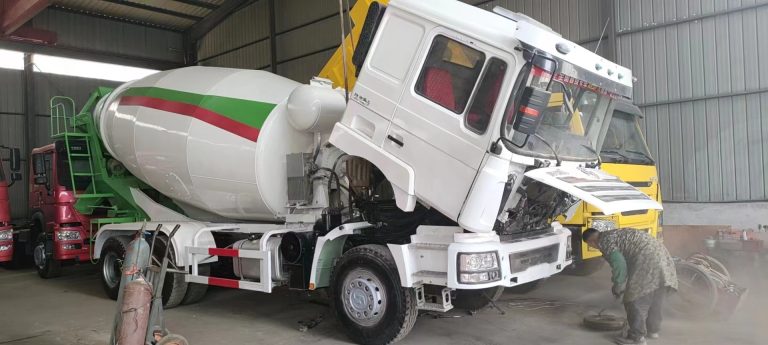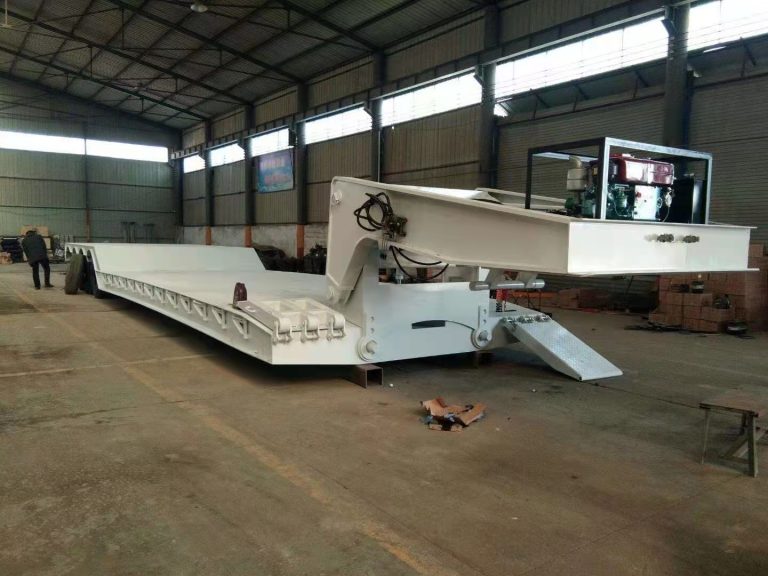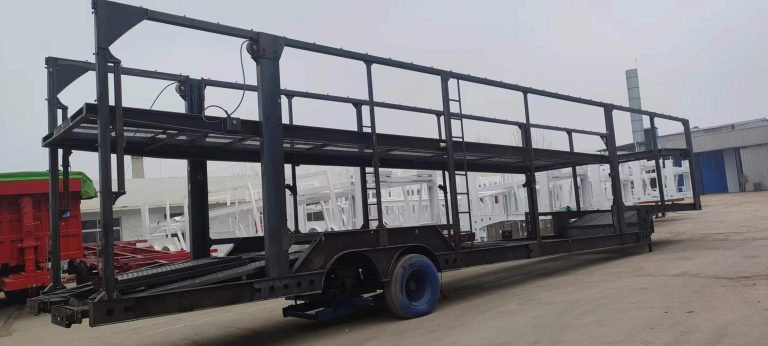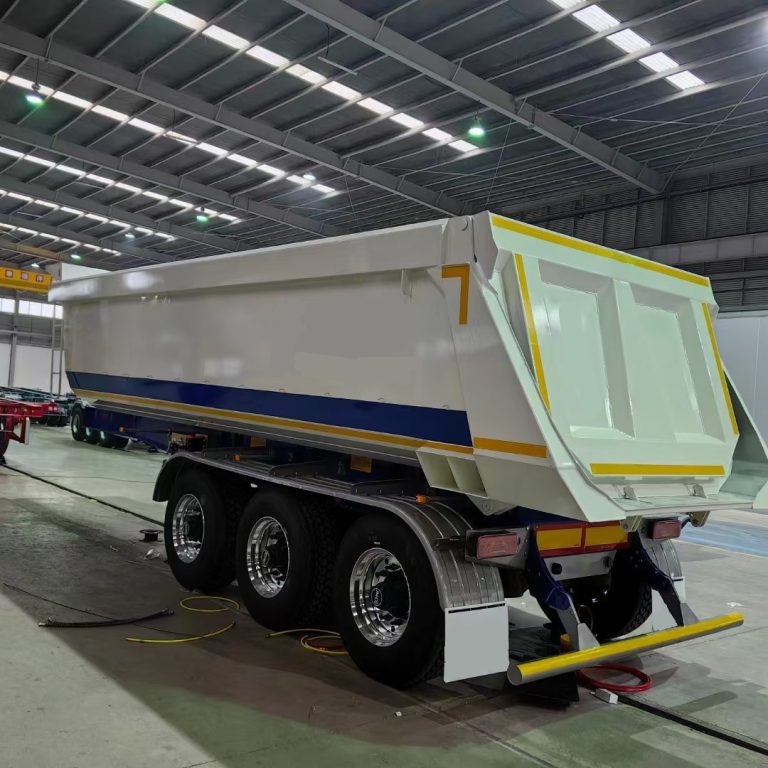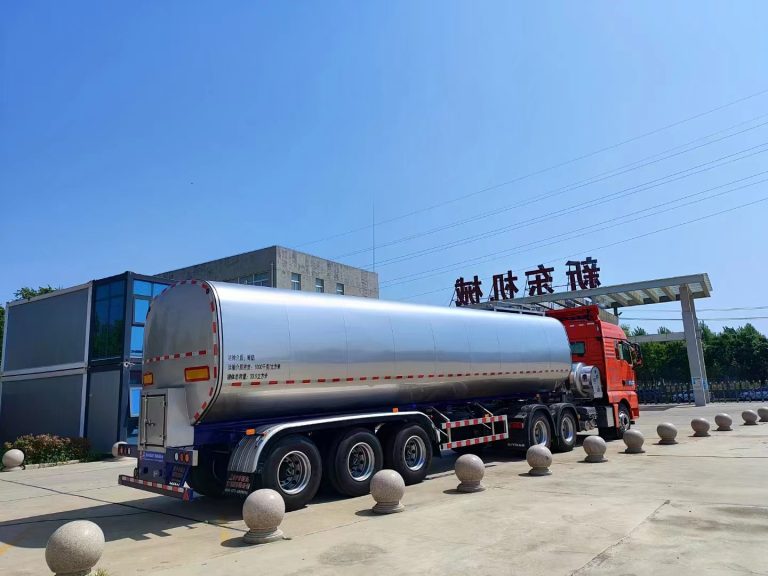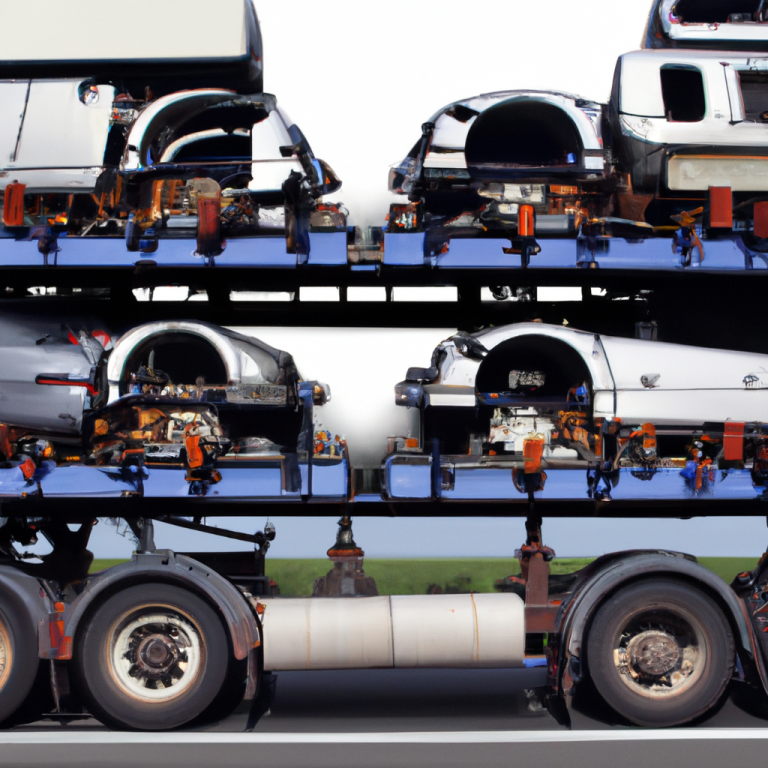The “Wind Farm Engineering Road Design Specification” (NB/T10209-2019), which was issued and implemented on October 1, 2019, provides design specifications for the construction of wind power industry road projects in my country, which has been developed for more than 30 years. The introduction of this specification not only standardizes the design standards of wind power industry road projects, so that the majority of wind power industry road designers have rules to follow, but also, as an important part of wind farm investment, road projects can also standardize and unify standards from the source of design and improve engineering quality standards. The plane curve radius section stipulates three working conditions: blades are transported by Flatbed semi-trailers, towers are transported by flatbed semi-trailers, and towers are transported by rear-wheel steering vehicles. For example, when the blades are transported by a lift truck, the minimum radius of the circular curve is designed according to the transportation size of the tower. The radius of the circular curve of the lift truck is much smaller than the radius of the curve required by the flatbed semi-trailer. In addition, the specification stipulates the widening of the circular curve of the road when transporting non-rear-wheel steering and rear-wheel steering transport vehicles. The turning widening requirements of the road using a blade lift truck are much smaller than the turning widening requirements of the rear-wheel steering transport vehicle. Among them, the turning radius of the blade lift truck (with rear-wheel steering) is the smallest, which can further reduce the road width, thereby reducing the road construction cost of the wind farm.
In order to meet the needs of blade transportation, during the road reconstruction process, it is required that there should be no obstacles such as cable poles, shrubs, houses, highway guardrails (walls), etc. at the blade tail of the outer curve; the curve with a small turning radius should be reconstructed according to the minimum turning radius requirements for equipment transportation. The road width of the cliff curve (dangerous area) is increased by 1-2m, and safety signs are made. When the inner curve is too small and the outer side is a steep wall or a slope protection section of a winding mountain road, fill the outer ditch and widen the original road as much as possible. If the minimum radius for blade transportation is still not reached, fill the inner earthwork and perform the transformation according to the minimum turning radius requirements for equipment transportation. The larger the turning circle radius, the larger the transformation project. In order to reduce the cost of road construction, it is recommended to consider the requirements for special vehicles for transporting blades and towers when designing wind farms. Especially when blades are getting longer and towers are getting taller, the use of special transport vehicles with rear-wheel steering can significantly reduce the turning radius (see the table below), thereby reducing the construction cost of wind farms.
